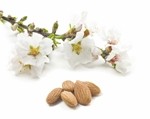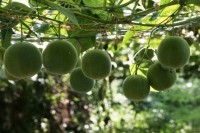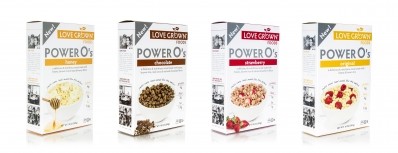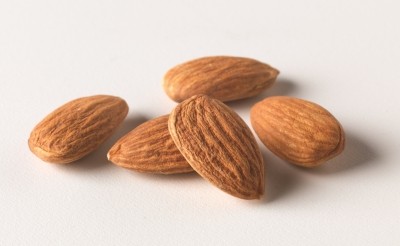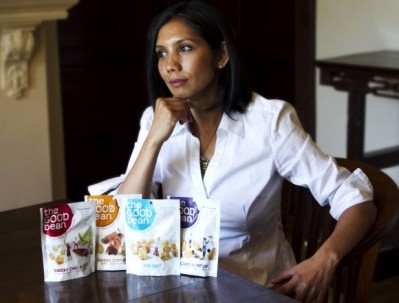Packaged Facts on the hottest food trends of 2013: Pulses, popped whole grains, quinoa, almonds and high-protein breakfasts
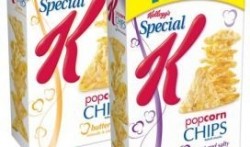
In a new report, Food Formulation and Ingredient Trends: Health & Wellness, Packaged Facts says we can expect to see more activity in the following areas as manufacturers try to develop products consistent with the Dietary Guidelines for Americans:
Alternative proteins
Ancient grains such as amaranth and quinoa will feature in more foods promoted for their protein content, including entrée soups and salads and veggie burgers, predicts Packaged Facts.
“Their use in baby food can also be expected to grow since they are not associated with food allergies and are easily digested.”
Meanwhile, we can expect to see more beans and lentils in new categories beyond ethnic foods and vegetable chips; and wider use of pea proteins:
"Production technology and application expertise related to pea protein has gradually developed in recent years such that this ingredient is poised to see substantially greater use for its protein content in 2013."
Finally, we will likely see more interesting applications of nuts, chia and hemp seeds, it predicts: "The use of more seeds and nuts, especially ground into interesting high protein spreads is also expected to show broadened appeal in 2013, which will also provide impressive amounts of mono and polyunsaturated fats, omega-3 fatty acids and fiber.
"Beyond the usual sunflower, sesame and pumpkin seeds, look for greater use of high protein chia and hemp seeds."
Better breakfasts
For breakfast, shoppers will be offered more high-protein options; more products combining whole grains and low-fat dairy; and more products promising benefits associated with hunger satisfaction, sustained energy, weight management and digestive health, adds the report.
Consumers can also expect to see more “higher fiber breakfast executions of indulgent snacks and desserts” such as cookies and pies, and more oat-based products from smoothies to more sophisticated products, "branching out beyond familiar fruit and cinnamon pairings to include different cuts of oats and preparation methods and more savory ingredients both as a hot cereal and in breakfast bars, cookies and toaster pastries".
Healthier snacking
“Given that 20% of all meal occasions are snacks, accounting for 25% of all calories consumed, it’s no surprise that more healthful snacking will be a major focus area for many, if not most, food companies and food service operators in 2013”, notes Packaged Facts.
So expect more squeezable fruit; kale, sweet potato and seaweed-based snacks; portion controlled single serve snacks; more products containing fruits, vegetables, cheeses, and nuts (especially almonds); and more ready-to-eat air popped popcorn.
“The appeal of popcorn is particularly intriguing due to the recent discovery that it is a better source of antioxidants than fruits or vegetables. And because of the popularity of air popped, whole grain popcorn will likely spur interest in other popped whole grains such as sorghum.”
Sweetener switching
As for sweetening, expect more switching from high fructose corn syrup to sugar; sugar to honey; agave to coconut sugar; and aspartame or sucralose to stevia or monk fruit, says Packaged Facts.
Meanwhile, “anti-fructose sentiment may grow stronger in 2013 amid concern over agave’s potential role in insulin resistance as a precursor to diabetes and inflammation”, it predicts, while “high fructose corn syrup will continue to struggle” as the price differential vs sugar closes and negative PR about its possible contribution to diabetes continues.
Sodium reduction
Finally, look out for products containing smaller crystals of both sodium chloride and top salt replacer potassium chloride, to maximize surface area and salty taste perception, says the report.
For more information, click here.

